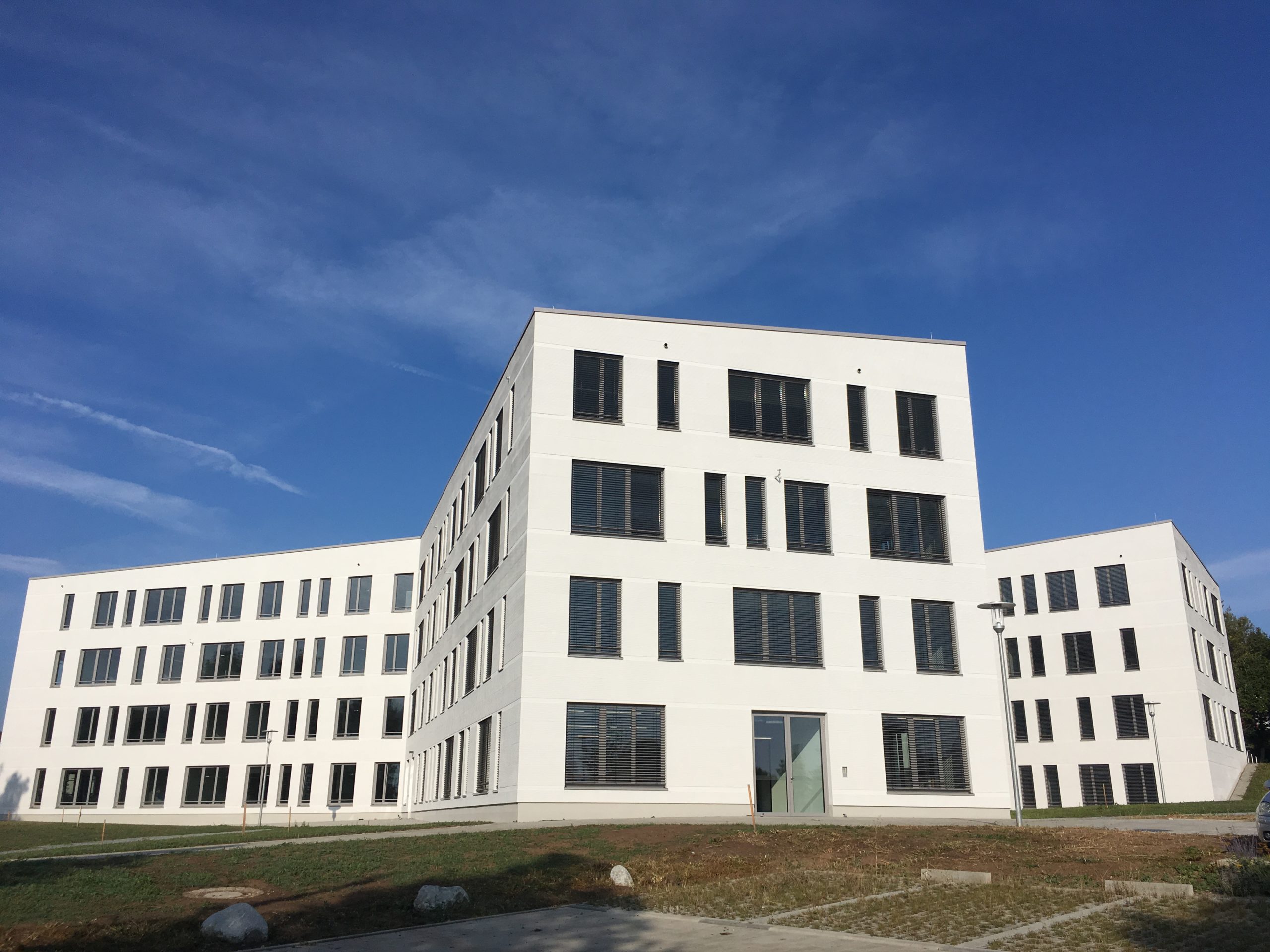High-Availability Printing for German Local Government

The Bezirk Mittelfranken (Regional District of Central Franconia) is a local government authority designated in the Bavarian state constitution. The authority creates and supports public institutions for the social, economic and cultural well-being of all citizens living in Central Franconia. In this context, the authority’s IT department provides the necessary infrastructure to numerous affiliated institutions with a total of 1,800 workplaces, including six larger branch offices. Most of the facilities use desktop PCs, and around 100 to 150 employees are equipped with IGEL thin clients.
Applications are provided via the Parallels virtualization solution. Problems arose from time to time when employees wanted to print from these virtualized applications. Printing failure was unacceptable for the IT specialists employed by the authority. “As is the case everywhere in the working world, printing is still important for us,” said Tobias Hasselmeier, a member of the IT team. Depending on the area of work at the authority, printouts range from accounting reports to forms from the social services department and school documents. The IT expert also stated that there are of course also situations where printing is not only indispensable but also time-critical. Tobias Hasselmeier continued “At the beginning of the school year, for example, it would be critical if schools couldn’t print out the relevant registration documents. While searching for a suitable solution, the authority’s IT team came across ThinPrint with its driver-free printing technology. At the end of 2017, the authority decided upon ThinPrint Engine. Tobias Hasselmeier said, “Since we’ve been using ThinPrint, we haven’t had any problems whatsoever with printing.”
And another solution gained the interest of the IT team – the ThinPrint Hub. It integrates network printers into the corporate network easily and without any IT knowledge on-site required. Previously, the IT team had one print server each at the six larger branches, which had to be managed. These print servers have now been consolidated using the ThinPrint Hub. Instead of the servers, the authority uses the far more cost-effective and low-maintenance ThinPrint Hubs at all larger locations. For the sake of reliability, two ThinPrint Hubs are in use. If one failed, the other could take over. “So far though, no Hub has ever failed, but better safe than sorry,” said Tobias Hasselmeier.
As many employees work at various locations, one feature of the ThinPrint solution is particularly popular – Printer Self Service. Using the search feature, employees can find their own printers and map them. This can depend on the building, room, or even the printing requirements, such as color or black-and-white printing. Tobias Hasselmeier finds “Printer Self Service is really practical; no special training was necessary. The employees find it easy to use.”
In the area of printing, the IT team have now also introduced high availability for their central print server. Two servers have been created in a cluster. Should one print server fail, the other print server can easily take over. Another point on the agenda at the authority is user-authenticated printing which is to be introduced on individual devices with ThinPrint’s Personal Printing solution. A timestamp chip in the employee ID card is one possibility to initiate printouts, but a final decision has not yet been made.
At any rate, Tobias Hasselmeier is satisfied: “Printing via Parallels is stable with ThinPrint. It’s just the way we expected it to be.”